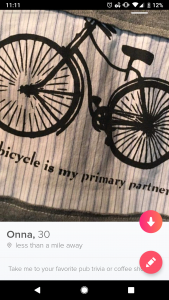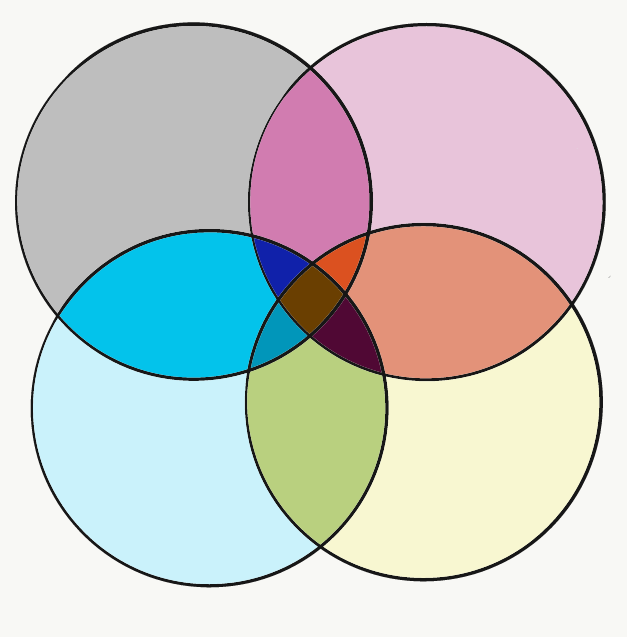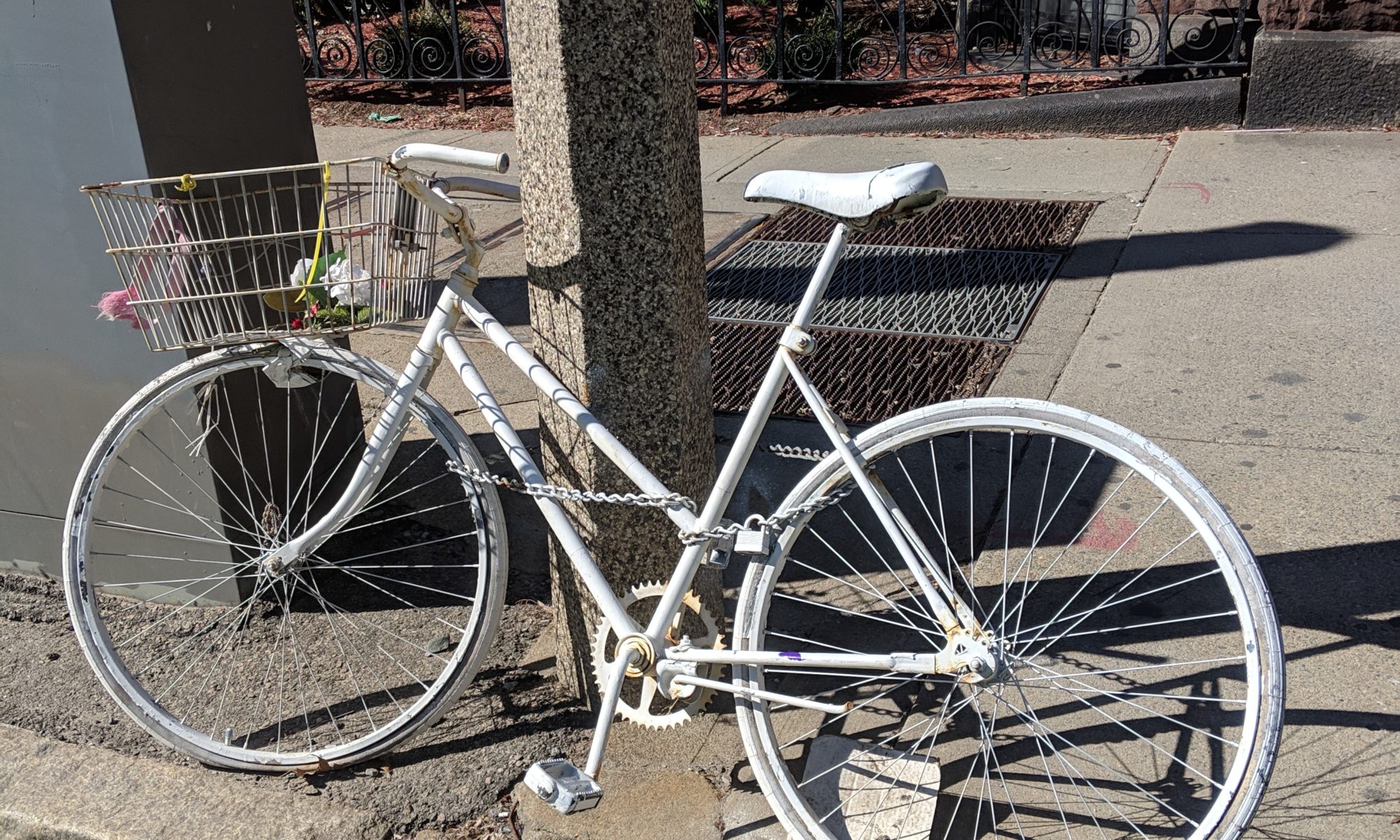I’m not sure where I heard this fact: all birds are edible.
It might have been a podcast (Stuff You Should Know? Science Friday?). It might have been the audiobookook I’m listening to (The Day it Finally Happens). But the fact rolled around in my head for a few hours or days before I was compelled to fact check it.
A lot of my friends are Eagle Scouts. A lot of my friends are long-distance backpackers, bikepackers, or libertarian-leaning, backyard-chicken-owning, fiercely independent survivalists with dreams of bunkers and bugout bags. I have friends with zombie apocalypse, civil war, nuclear winter, and various natural disaster plans. I have friends I could turn to to ask which of these mushrooms are edible and which of these will kill me. I was one of those kids who loved The Hatchet. My favorite episode of Mythbusters is the one where they strand Jaime and Adam on a desert island with nothing but a pallet of duct tape.
I know the survival drill. Three minutes without air, three hours without shelter in extreme weather, three days without water, three weeks without food. Those are best case scenario survival rates.
Every survival documentary or book I’ve ever seen talks about getting clean water and shelter and fire. And then it talks about food. They talk about watching birds and squirrels to find out which berries are poisonous in which aren’t. There’s usually a course about mushroom identification. A course about how to catch and skin and cook fish and small game.
But never, in any of these books or movies or podcasts or conversations with friends has the phrase “all birds are edible” come up.
It… couldn’t be true, right? If it was, it would be common knowledge. We all know some fish are poisonous and some frogs make you hallucinate and carnivorous mammals have meat that is tough, sinewy, and prone to parasites. And I say “we all know” in a very Lucky 10,000 way. If you just learned these things, congratulations!
But here I am, 31 years old, and just learning that all birds are edible?
I fact checked the claim.
It’s true.
Let me reiterate for emphasis: The phrase “All birds are edible” is true.
There are small number of species of bird, mostly confined to Papua New Guinea, who eat beetles or plants that are poisonous to humans. And if those birds eat enough of those poisonous beetles, and a human eats enough of those birds, the human can get sick.
But, all in all? There aren’t really any birds you absolutely cannot, should not ever eat.
And people aren’t really even allergic to chicken either. Fish and shell fish allergies are common, and we’re always told to go fishing if you’re stuck in a survival situation. But according to Wikipedia, there have been 16 documented cases of poultry allergy and 28 additional cases being investigated. Total. Ever. And most of those co-occur with egg allergies. If less than 50 people out of 7 billion are allergic to a thing, it’s pretty damn safe. But seafood allergies? I saw various estimates, but it seems like about 2% of the population has a shellfish or fish allergy. That’s 1 in 50 people. Myself included.
I get it. Fish are easier to catch than birds. But if all birds are edible, and only some fish are edible, and only some people can even eat edible fish, why aren’t survivalist guides teaching us how to catch birds?



 I was walking along Massachusetts Avenue (or Mass Ave as the locals call it) when I saw this ghost bike.
I was walking along Massachusetts Avenue (or Mass Ave as the locals call it) when I saw this ghost bike.